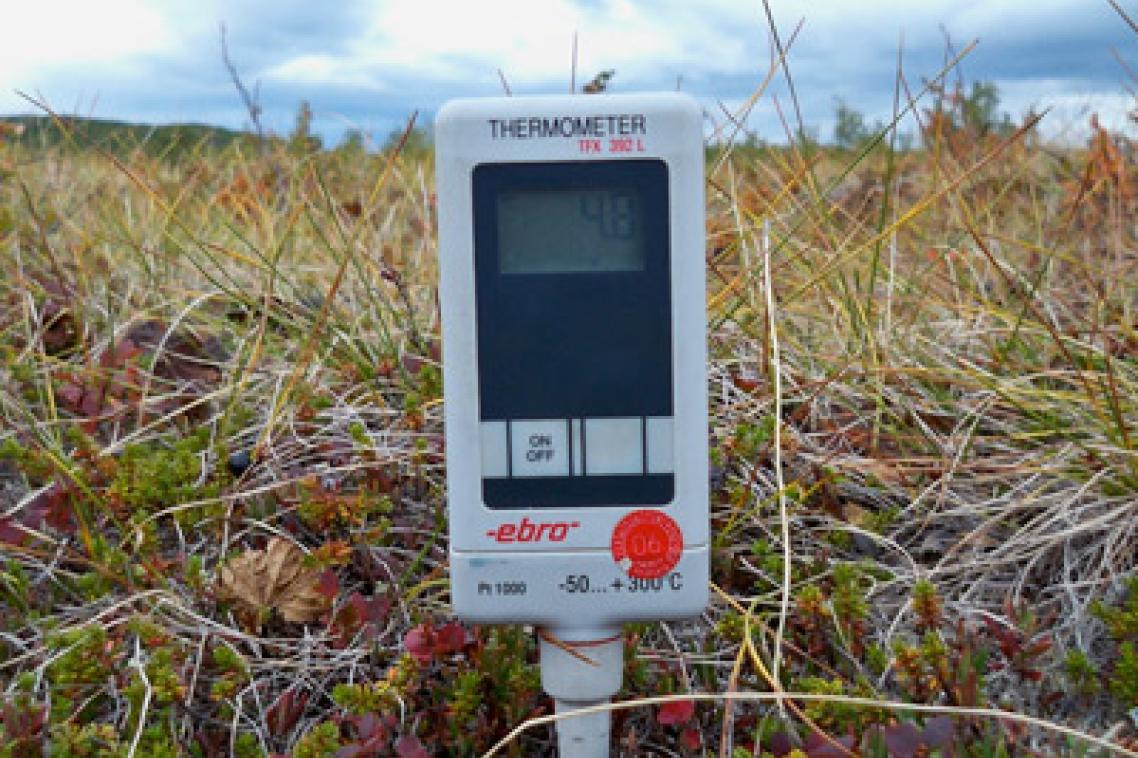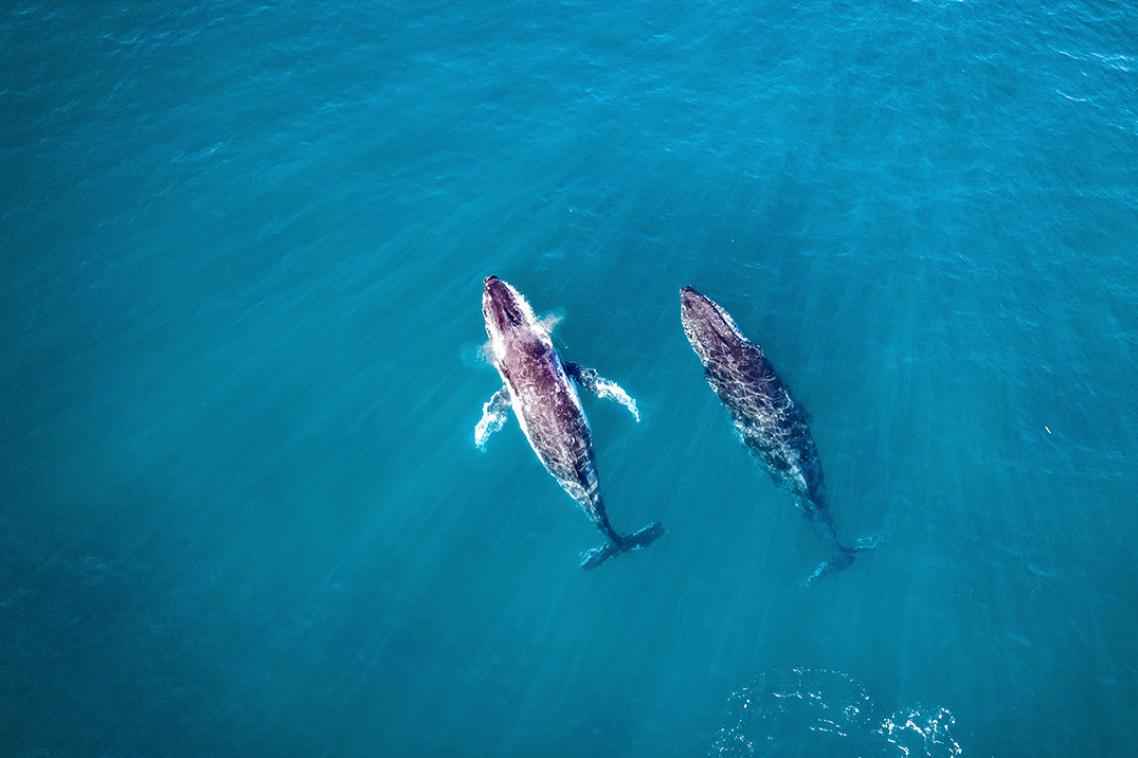Newly discovered microbe holds key to global warming

Scientists from The University of Queensland have discovered a microbe that is set to play a significant role in future global warming.
UQ's Australian Centre for Ecogenomics researcher Ben Woodcroft said the methane-producing micro-organism, known as a ‘methanogen’, was thriving in northern Sweden’s thawing permafrost in a thick subsurface layer of soil that has previously remained frozen.
Mr Woodcroft said no one knew of the microbe’s existence or how it worked before the research discovery.
He said global warming trends meant vast areas of permafrost would continue to thaw, allowing the microbes to flourish in organic matter and drive methane gas release, which would further fuel global warming.
“The micro-organism generates methane by using carbon dioxide and hydrogen from the bacteria it lives alongside,” Mr Woodcroft said.
Lead researcher and UQ’s Australian Centre for Ecogenomics Deputy Director Associate Professor Gene Tyson said the findings were significant.
“This micro-organism is responsible for producing a substantial fraction of methane at this site,” he said.
“Methane is a potent greenhouse gas with about 25 times the warming capacity of carbon dioxide.”
The researchers showed the organism and its close relatives live not just in thawing permafrost but in many other methane-producing habitats worldwide.
The team made the discovery by using DNA from soil samples and reconstructing a near-complete genome of the microbe, bypassing traditional methods of cultivating microbes in the lab.
The ‘Discovery of a novel methanogen prevalent in thawing permafrost’ research is published here in the journal Nature Communications.
PhD candidate Rhiannon Mondav who is student of UQ and Uppsala University based in Sweden, co-authored the paper alongside ACE researchers and international collaborators.
The work was funded by the United States Department of Energy Office of Biological and Environmental Research’s Genomic Science Program and the Australian Research Council.
Media: ACE Deputy Director Associate Professor Gene Tyson, 07 3365 3829, g.tyson@awmc.uq.edu.au or UQ Faculty of Science Communications Officer Monique Nevison, 07 3346 4129, m.nevison@uq.edu.au.
Related articles

Decades of surveys show whale migration shift

Thousands of Queensland reef photos lead to worldwide change
Media contact
UQ Communications
communications@uq.edu.au
+61 429 056 139
